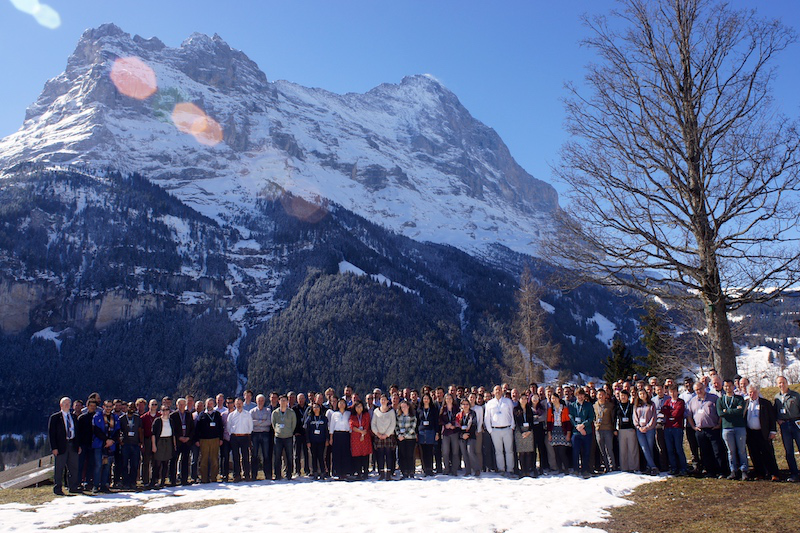Speaker
Description
Distinguishing between a signal induced by stellar activity or a planet is the main challenge in radial velocity (RV) searches for low-mass exoplanets these days. Even when the presence of a transiting planet and hence its period are known, stellar activity is often the main barrier in nailing down the correct amplitude of the planetary signal. Observing the Sun-as-a-star provides a unique test case to probe activity-related signals in RV data. I will present the first results of three years of HARPS-N data of the Sun-as-a-star.
In this talk, I will take you through the different steps of automatic data processing needed to be able to treat the Sun as a star. I will show the significant signals we find from granulation on a daily basis and solar activity on longer timescales. By using stacked periodograms, the highly variable nature of the solar RV data can be be presented. I will show you how line-shape variability clearly correlates with the RVs, but with a time delay.

